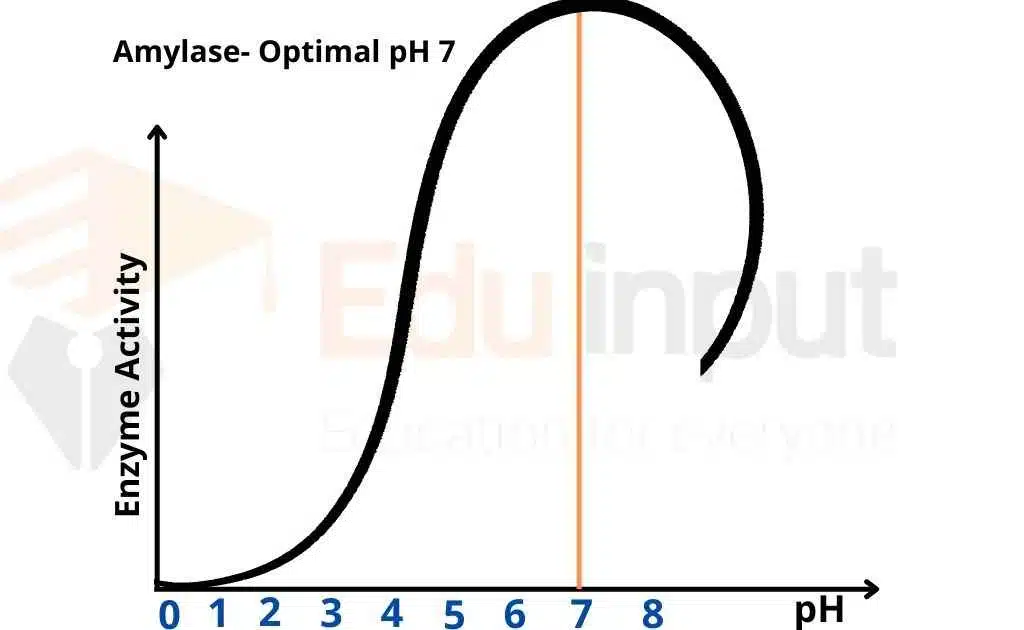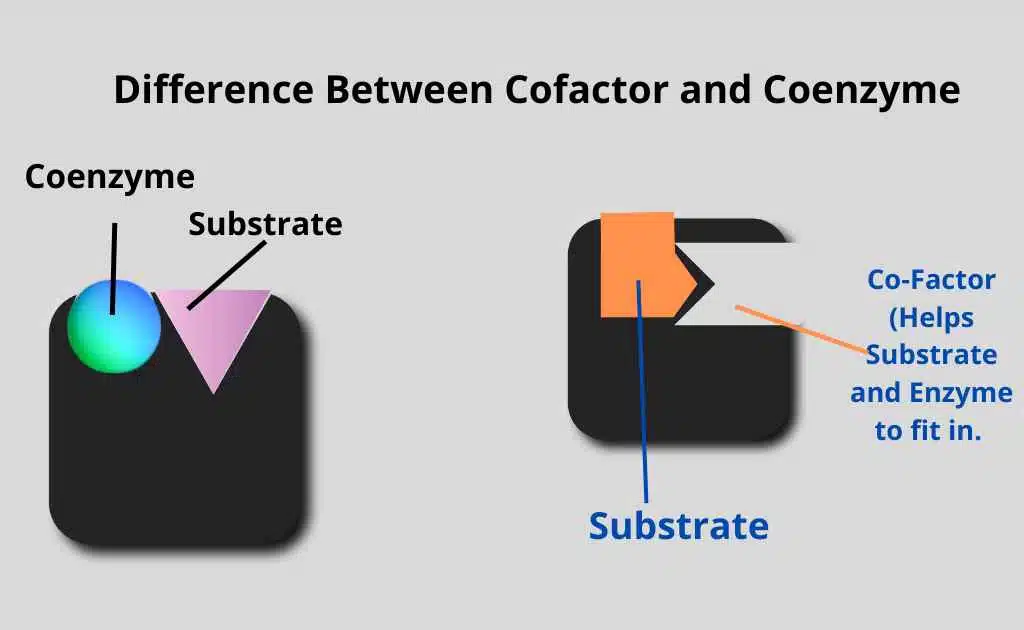Factors Affecting the Rate of Enzyme Activity
The functional specificity of every enzyme is due to its specific chemistry and shape. There are various enzymes in the body of animals, but the most common enzymes are amylase, catalase, acid phosphatase, etc. Each enzyme is specific in its structure and activity.
Some factors alter the chemistry and shape of enzymes. These factors disturb the three-dimensional structure of the enzyme. Therefore, these factors also affect the rate of catalysis.
Factors Affecting the Rate of Enzyme Activity
These factors are;
- Enzyme concentration of substrate
- Temperature
- pH of the medium
Effect of Enzyme Concentration on Enzyme Activity
In the metabolism of animals, the importance of the concentration of enzymes can not be denied.
- The rate of reaction depends directly on the enzyme concentration. At this specific time, the substrate concentration should be unlimited. The rate of reaction becomes doubled by doubling the amount of the enzyme.
- The increase in the number of enzyme molecules increases the number of active sites. Therefore, more active sites convert more substrates into products.
- After some time, the amount of substrate becomes limited. Now the reaction rate will no longer depend upon this increase.
Effect of Substrate Concentration on Enzyme Activity
- At a low concentration of substrate, the rate of reaction is directly proportional to the amount of substrate
- Now enzyme concentration is kept constant and the amount of substrate is increased. A point will come when a further increase in the amount of substrate does not increase the rate of the reaction.
- The substrate molecules occupy all active sites of enzymes at a high concentration of substrate. Thus further increase in the substrate concentration does not increase the reaction rate.
Effect of Temperature on Enzyme Activity
The rate of reaction may increase with the increase in temperature. All enzymes can work at their maximum rate at optimum temperature. For example, 37° C is the optimum temperature for the enzymes of the human body.
The shape of a protein or nucleic acid is determined by its hydrogen bonds. Temperature disrupts hydrogen bonds. For example, the enzymes of most birds and mammals function in a narrow range of temperatures. This range is between 35 and 40° C.
Heat provides two types of energy:
Activation energy: Heat provides activation energy. Activation energy accelerates the chemical reactions at high temperatures.
Kinetic energy: Heat also supplies kinetic energy to molecules. Therefore, the reactant molecules move rapidly. Thus the chances of collision of atoms increase.
However, a further increase of heat energy also increases the vibrations of atoms of the enzyme molecules. Now the vibrations become too violet. As a result globular structure is lost. This globular structure is essential for the activity of the enzyme. Such enzyme is called denatured.

(a) Low Temperature: The bonds of protein of enzymes are not flexible below 35° C. So it does not permit the change in shape. This change of shape is necessary for the substrate to fit into a reactive site.
(b) High Temperature: The bonds are too weak to hold the protein in a proper position above 40° C. So enzyme can not maintain its shape. When the proper shape is lost, the enzyme is destroyed. This shape destruction is called denaturation.
Effect of pH on Enzyme Activity
Ph is the antilog or negative log of the hydrogen ion concentration. Every enzyme has an optimum pH value. An optimum pH is a range of pH, at which an enzyme can perform effectively. A slight change in pH can change the ionization of the active site of the enzyme.
It may affect the ionization of the substrate. Most enzymes have optimum pH. This optimum pH is between 6 and 8. When Ph is too low, the H+ ions combine with the R groups of the enzyme’s amino acids.
So it reduces their ability to bind with substrates. Acidic environments can also denature enzymes. The attachment of a cofactor changes the shape of the protein and allows it to combine with its substrate.

- Pepsin has an optimal pH of 2. Pepsin has an amino acid sequence. This sequence keeps its ionic and hydrogen bonds maintained. So it can function effectively at this low ph.

- Trypsin is active in the more basic medium pH 9. The small intestine of mammals has this ph. The optimum pH of an enzyme describes the pH of the body fluid.
Table of Optimum pH for some Enzymes
| Enzyme | Optimum pH |
| Pepsin | 2.00 |
| Sucrase | 4.50 |
| Enterokinase | 5.50 |
| Salivary amylase | 6.80 |
| Catalase | 7.60 |
| Chymotrypsin | 7.00-8.00 |
| Pancreatic lipase | 9.00 |
| Arginase | 9.70 |
Related FAQs
What are the factors affecting enzyme activity?
The following factors affect enzyme activity;
Enzyme concentration of substrate
Temperature
The pH of the medium
How pH affects enzyme activity?
Every enzyme performs efficiently at a specific pH level, if pH increases or decreases than the optimal pH, it can cause denaturation of the enzyme.
How does temperature affects enzyme activity?
Enzymes need optimal temperature for their proper functioning, Higher temperatures can cause damage to their structure which is known as denaturation.






Leave a Reply